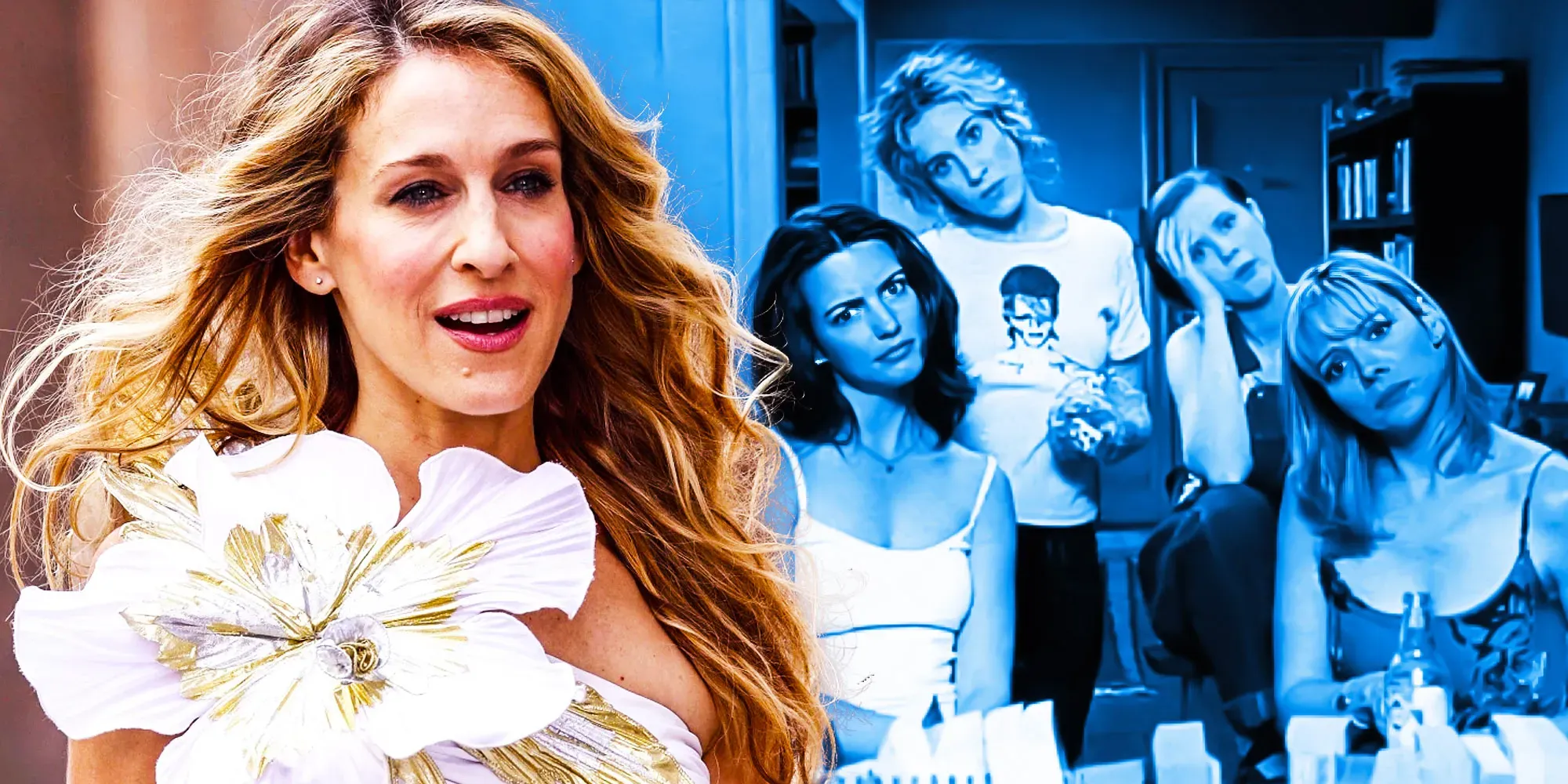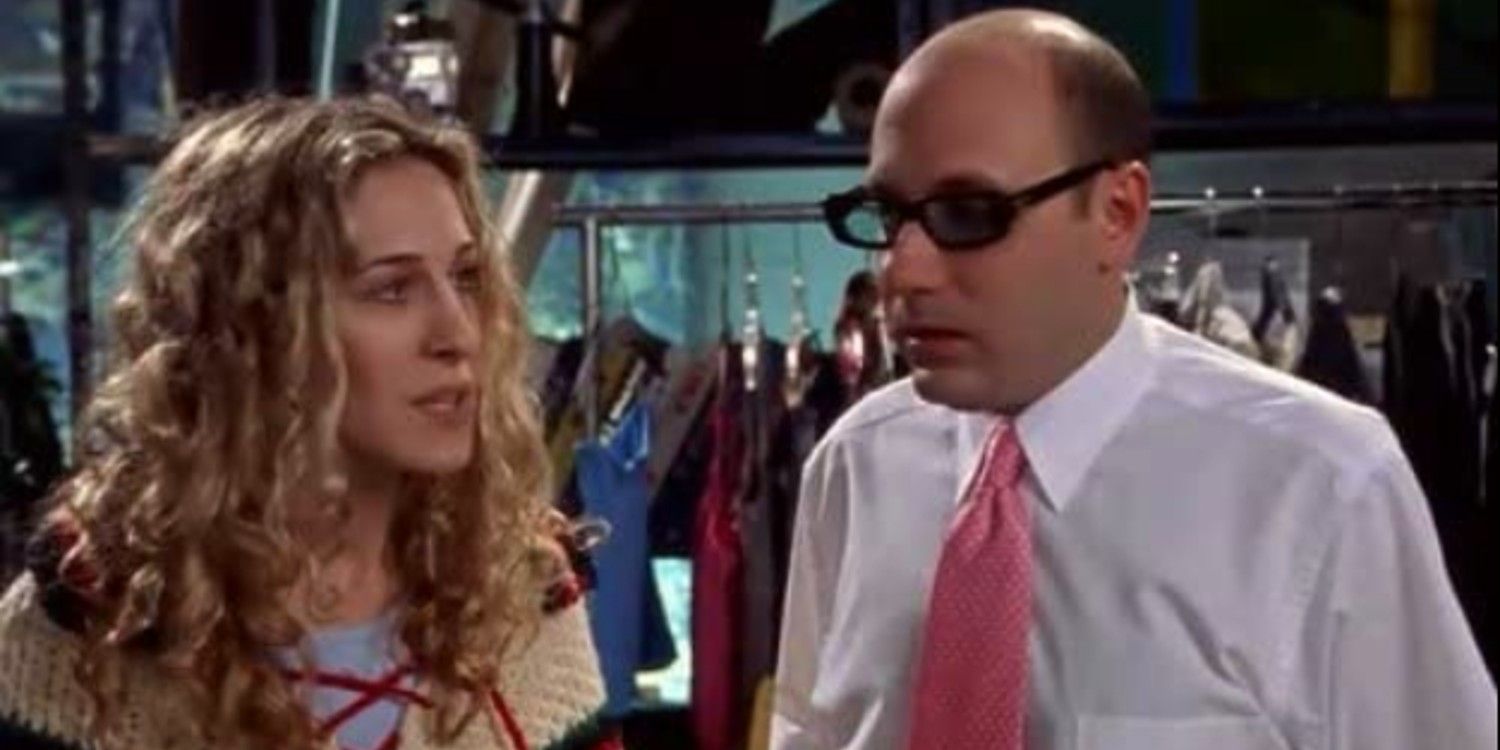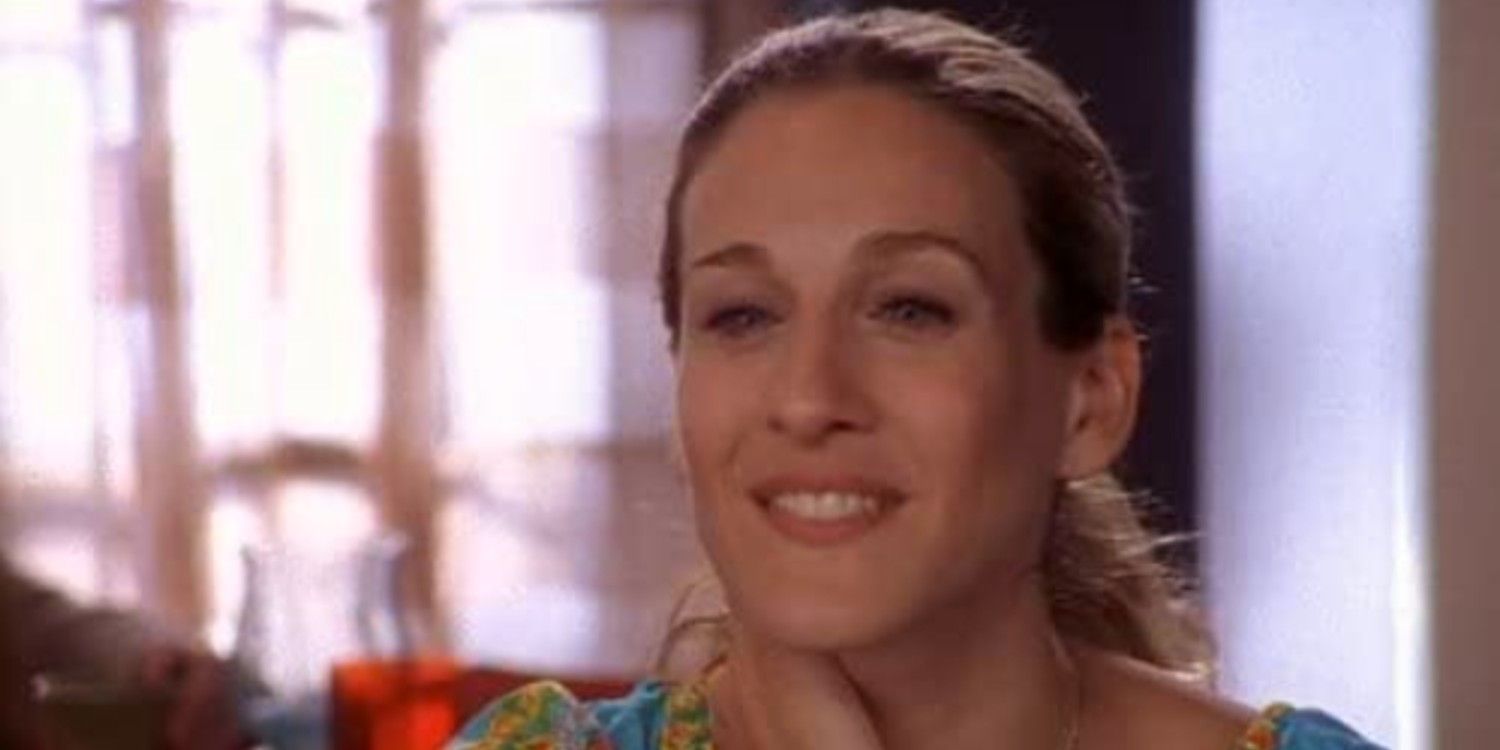Throughout Sex and the City’s tenure, one filming technique mysteriously vanishes when the protagonist, Carrie Bradshaw (Sarah Jessica Parker) stops breaking the fourth wall. One interesting element of TV shows is that directors and showrunners can try and discard different tactics throughout the show, allowing for greater versatility as they figure out what works and what does not. This is especially good for TV shows when they use risky techniques that challenge the medium. Looking at what worked and what didn’t in as popular a show as Sex and the City makes the series even better, as it reveals how the series discovered which techniques best served their story.
Sex and the City ran for six seasons from 1998-2004 and followed the lives of four women living in New York City. Headed by Carrie Bradshaw, a columnist for the fictional New York Star, the women support each other throughout their ever-changing careers and sex lives while tackling social issues and romance. In the first season of the show, Carrie would occasionally break out of her traditional narration in each episode to speak directly to the camera and the audience, sometimes commenting on the previous narration. However, this practice was dropped relatively early as the series progressed.
Sex & The City Dropped Carrie Talking To The Camera Because It Didn't Work
Sex and the City eventually stopped using its fourth-wall breaks after some negative feedback regarding the practice from those making the show. Michael Patrick King, Sex and the City director, didn’t like Carrie shoehorning audience statements because he found it negatively impacted the character. In Jennifer Keishin Armstrong’s book Sex and the City and Us: How Four Single Women Changed the Way We Think Live, and Love, King states: “I want to believe this. I believe her. I think she’s the real thing. But whenever she turns to the camera, I no longer believe this. Can we stop that?”
King wasn’t the only one who felt this way. Executive Producer Amy B. Harris, who worked on a prequel show to Sex and the City called The Carrie Diaries, stated that she was opposed to the fourth-wall addresses because they broke the viewer’s immersion in the series. Even when coming from the series’ main point-of-view character, Harris is correct that such direct asides can disrupt the flow of a narrative by reminding the audience that they’re watching a show, pulling them out of the experience of the story.
Why Sex & The City Was Right To Stop Breaking The Fourth Wall
Ultimately, the insights of King and Harris were correct, as Sex and the City was right when it ended breaking the fourth wall. Especially with Carrie already providing the narration to the series, the camera-facing statements were superfluous and did not provide any further insight into Carrie’s thoughts that her narration and characterization did not already incorporate. Additionally, this lamp shading technique detracted a touch from Carrie’s character, making her seem less engaged in her own story while addressing the audience. With these elements in mind, it’s heartening to see how Sex and the City was willing to try new tactics but adaptable enough to understand when they were not working.



